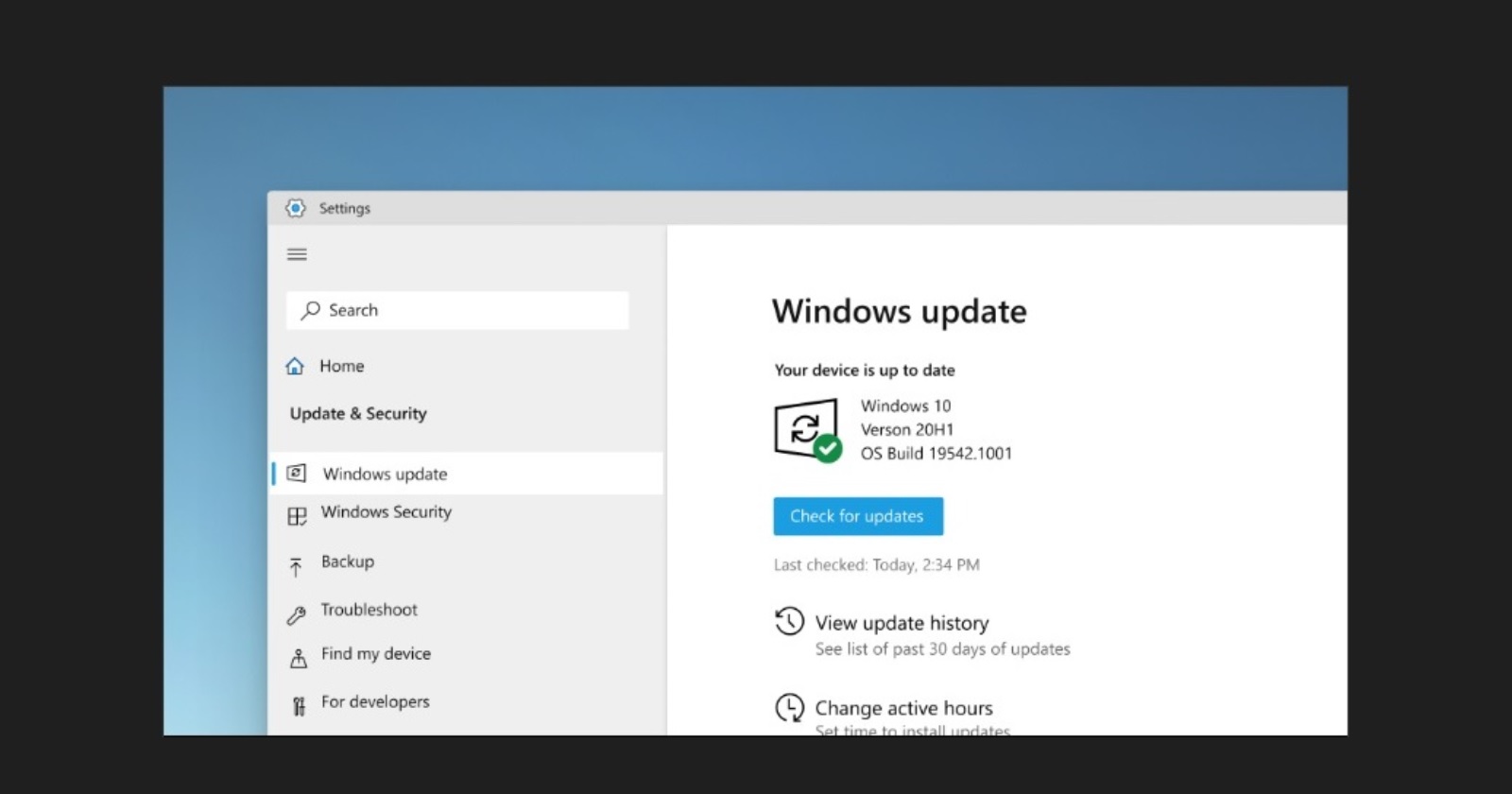

- #XSCOPE INTERFACE CANNOT OPEN DEVICE WINDOWS 10 HOW TO#
- #XSCOPE INTERFACE CANNOT OPEN DEVICE WINDOWS 10 UPDATE#
- #XSCOPE INTERFACE CANNOT OPEN DEVICE WINDOWS 10 MAC#
How to launch the Device Manager using Run commands

How to start the Device Manager by running commands (in Terminal, PowerShell, or CMD) How to launch the Device Manager from the WinX menu How to open the Device Manager using search Preamble: You can see Device Manager as a standard user, but you can only use it as an admin.Is there some sort of config I need to do in Ubuntu so that it is aware that it knows about my VLANS? Or at least knows to expect tagged packets? I still have no idea how ISC DHCP is supposed to know which pool to assign to the incoming requests, and I am also not sure how to make sure that the server is even getting the requests.Īny help would be greatly appreciated at this point.īig example - I found but will have to break it down and test.
#XSCOPE INTERFACE CANNOT OPEN DEVICE WINDOWS 10 MAC#
I added the IP Helpers to the VLAN definitions and it is pointed at this mac mini. My nfig file is shown above, the interfaces file is also show above (though I have ditched the virtual interfaces). The IP of the machine is one that is in a VLAN that will not have it's IPs assigned by the mini. ISC DHCP is installed, it is plugged into a trunk mode port to gain access to all my vlans (it's config is above). So in summary, I have a mac mini with Ubuntu server 14.04 on it. There were a few logged messages that said something about being on the wrong network.

ISC DHCP was running, the machine was reachable, but no IPs where being issued, at least not that I could see. Make sure your subnets are in the same shared network.Īfter adding the IP helper to the VLAN definitions, then adding the scopes in my nfig file to the same shared network and then creating a blank definition for the subnet that the eth0 adapter was configured to be on it did not work. So I need to write a declaration for the subnet that the machine is connected to, but I don't want it to give out IPs on that subnet, so do I just add one without the range option? **ĭec 7 18:16:40 HV-Student-DHCP dhcpd: Not configured to listen on any interfaces! If this is not whatĭec 7 18:16:40 HV-Student-DHCP dhcpd: you want, please write a subnet declarationĭec 7 18:16:40 HV-Student-DHCP dhcpd: in your nf file for the network segmentĭec 7 18:16:40 HV-Student-DHCP dhcpd: to which interface eth0 is attached. Text Dec 7 18:16:40 HV-Student-DHCP dhcpd: No subnet declaration for eth0 (10.20.40.41).ĭec 7 18:16:40 HV-Student-DHCP dhcpd: ** Ignoring requests on eth0.

Subnet 10.21.20.0 netmask 255.255.252.0 section for each of your subnets in your config. Log-facility local7 # No service will be given on this subnet, but declaring it helps the # DHCP server to understand the network topology. Max-lease-time 7200 # If this DHCP server is the official DHCP server for the local # network, the authoritative directive should be uncommented.Īuthoritative # Use this to send dhcp log messages to a different log file (you also # have to hack nf to complete the redirection). We default to the # behavior of the version 2 packages ('none', since DHCP v2 didn't # have support for DDNS.)ĭdns-update-style none # option definitions common to all supported networks.
#XSCOPE INTERFACE CANNOT OPEN DEVICE WINDOWS 10 UPDATE#
# The ddns-updates-style parameter controls whether or not the server will # attempt to do a DNS update when a lease is confirmed. # The primary network interface # Management InterfaceīASH # Sample configuration file for ISC dhcpd for Debian # Attention: If /etc/ltsp/nf exists, that will be used as # configuration file instead of this file. BASH # This file describes the network interfaces available on your system # and how to activate them.


 0 kommentar(er)
0 kommentar(er)
